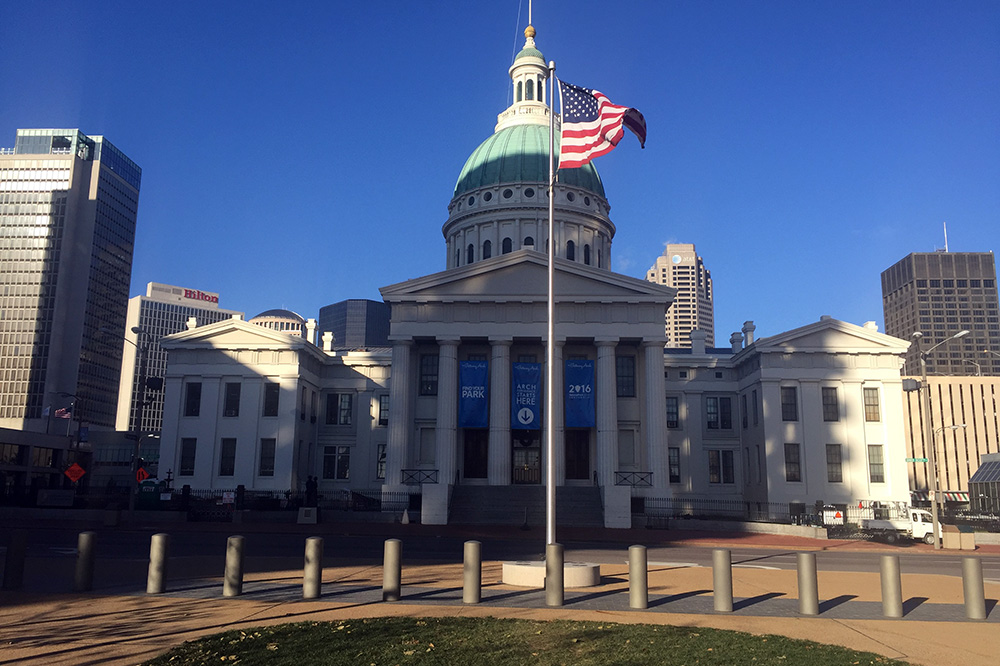Evolving Security Challenges in Washington, D.C.

Thirty years ago, security at government buildings and historic sites in Washington, D.C., was much less stringent than it is today. Ordinary citizens were free to walk into the Capitol building and gather in large groups for pictures on the front steps without surveillance by security guards. However, due to evolving security threats against the nation’s capital, this is no longer possible.
There was a notable hardening of the capital city’s security in 1995 after a truck bomb destroyed the Murrah federal building in Oklahoma City. However, the greatest advancements in security occurred after September 11, 2001, when hijackers crashed a plane into the Pentagon and allegedly attempted to attack another Washington, D.C., target, believed to have been the Capitol. In the 20 years since 9/11, security threats against the capital city have continued to evolve, and the challenge today is to provide adequate protection to government officials and institutions without preventing ordinary citizens from having access to their representatives. Here are some of the ways that the threats are evolving.
Attacker Demographics
Following 9/11, the greatest terrorist threat was considered to come from foreign agitators overseas. While foreign actors are still responsible for some of the latest threats against the government today, radicalized Americans now pose an even greater threat. The Department of Homeland Security warned about the danger posed by domestic violent extremism back in October 2020, and the attempted insurrection of January 6th bore out the FBI’s warning that it would become the number-one terrorism threat in 2021.
Extremist Tactics
Prior to 9/11, suicide bombers and vehicle-borne explosive devices were threats rarely faced in the United States, the attack on the Murrah Federal Building notwithstanding. However, intelligence coming out of Afghanistan and other localities indicated that such attacks were commonplace in those regions. Since those areas were where the most prominent threats were coming from at the time, U.S. officials adapted security techniques to withstand those types of attacks.
Since the mid-2010s, extremists have changed their tactics. Now they are more likely to use a vehicle as a weapon rather than a conveyance for explosives by ramming them into buildings and pedestrian areas. This is an easy way to cause significant destruction in a short amount of time. The tactic has since been adopted by extremist groups of all ideologies.
However, anti-vehicle security measures were not sufficient to prevent the attack on the Capitol on January 6th, with most of the insurrectionists approaching on foot and then scaling the walls. If this type of threat persists, security measures may have to evolve to deter them, such as fences and gates that cannot be climbed.
Low-Profile Security
Officials in Washington, D.C., have attempted to increase security measures in a way that is not disruptive to everyday life. For example, they have attempted to put up barricades that blend in with the surroundings while providing effective protection. Many Delta Scientific bollards can be customized to match the aesthetics of the building or area that they are installed to protect. Even some of our highest crash-tested bollards can be customized for a more pleasing appearance.
Delta Scientific has maintained a relationship with the U.S. government for over 40 years. We continue to strive to meet evolving security needs.
Sources:
https://www.dhs.gov/sites/default/files/publications/2020_10_06_homeland-threat-assessment.pdf
https://abc7chicago.com/domestic-terrorism-fbi-us-capitol-building-the-internet/9634442/
Share This Story, Choose Your Platform!
